- You are here:
- Home /
- Products /
- Alloy Steel /
- Special Stainless Steels /
316Ti Stainless Steel Plate
- Enhanced corrosion resistance in chloride and acidic environments due to titanium (Ti) stabilization
- Excellent high-temperature strength and oxidation resistance
- Superior weldability with reduced carbide precipitation risks
- Widely used in harsh industrial and marine applications
Chemical Composition (wt%)
Element | Content (%) |
C | ≤0.08 |
Si | ≤1.00 |
Mn | ≤2.00 |
P | ≤0.045 |
S | ≤0.030 |
Cr | 16.00-18.00 |
Ni | 10.00-14.00 |
Mo | 2.00-3.00 |
Ti | ≥5×C% |
Cu | ≤0.50 |
Property | Value Range |
Thickness (mm) | 0.5-200 (Customizable) |
Hardness (HV) | ≤200 |
Density (g/cm³) | 7.98 |
Yield Strength (MPa) | ≥205 |
Tensile Strength (MPa) | 520-620 |
Elongation (%) | ≥40 |
I. Performance characteristics of 316Ti stainless steel plate
1. Advantages of intergranular corrosion resistance
By adding 0.2%-0.7% titanium, a stable TiC compound is formed, which effectively inhibits the precipitation of chromium carbide, avoids the phenomenon of chromium depletion at the grain boundary, and significantly improves the anti-sensitization ability in the high temperature range of 550-800℃.
2. Enhanced corrosion resistance
(1) Molybdenum (1.8%-2.5%) works synergistically with titanium to enhance resistance to media such as chloride, sulfuric acid, and acetic acid, and its pitting corrosion resistance is better than that of ordinary 316 stainless steel.
(2) In a chloride ion environment (such as seawater), its crevice corrosion rate is reduced by more than 40%.
3. High temperature stability
Titanium stabilizes the austenite structure, so that the material still maintains good mechanical properties at 1200-1300℃, and the high temperature oxidation rate is reduced by about 30% compared with 316.
4. Mechanical and processing properties
(1) Tensile strength 515-690MPa, elongation ≥40%, with both high strength and toughness.
(2) Supports cold rolling (0.3-3mm), hot rolling (3-30mm) and welding processes, but welding parameters need to be controlled to retain the stabilizing effect of titanium.
II. Main application areas
1. Chemical equipment
Used for manufacturing sulfuric acid/phosphoric acid reactors, acetic acid storage tanks, urea synthesis towers, etc., resistant to strong acid corrosion and high temperature and high pressure environments.
2. Marine engineering
Applicable to seawater desalination equipment, offshore platform bolts, ship pipelines, etc., with a salt spray corrosion resistance life of 1.5 times that of ordinary 316.
3. Energy and medical
(1) Nuclear power plant steam generators, heat exchanger tube sheets, resistant to radiation and high temperature water corrosion.
(2) Surgical instruments, implants (such as orthopedic screws), meeting biocompatibility standards.
4. Food Industry
Brewing equipment and dairy processing lines offer smooth surfaces and no risk of heavy metal precipitation.
III. Summary
With titanium as its core innovation, 316Ti stainless steel plate excels in high-temperature corrosion resistance, weld stability, and long life, making it an ideal material for demanding working conditions, particularly in the chemical and marine industries, where safety requirements are paramount.
Surface Treatment
- 2B Bright Annealed (Standard)
- No.4 Brushed (Customizable)
- BA (Bright Annealed) for high-precision applications
Why Choose Us ?
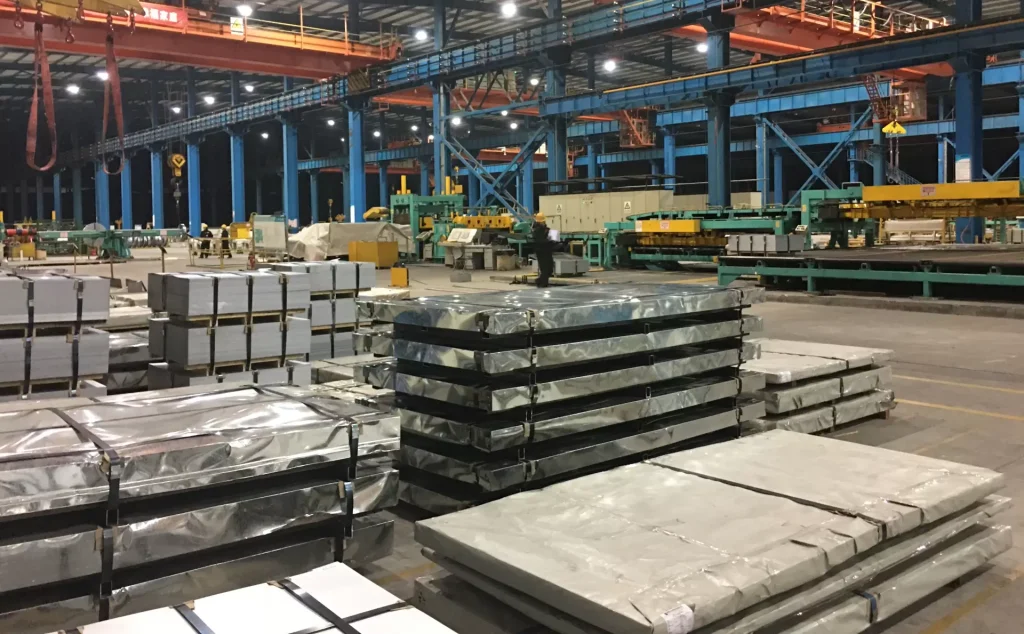
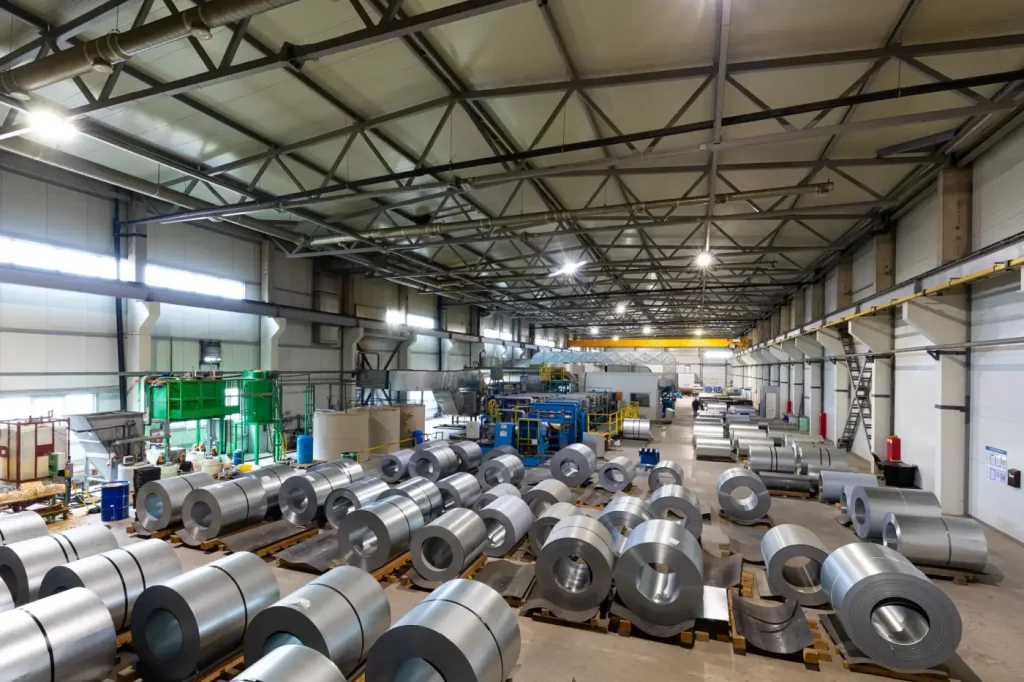
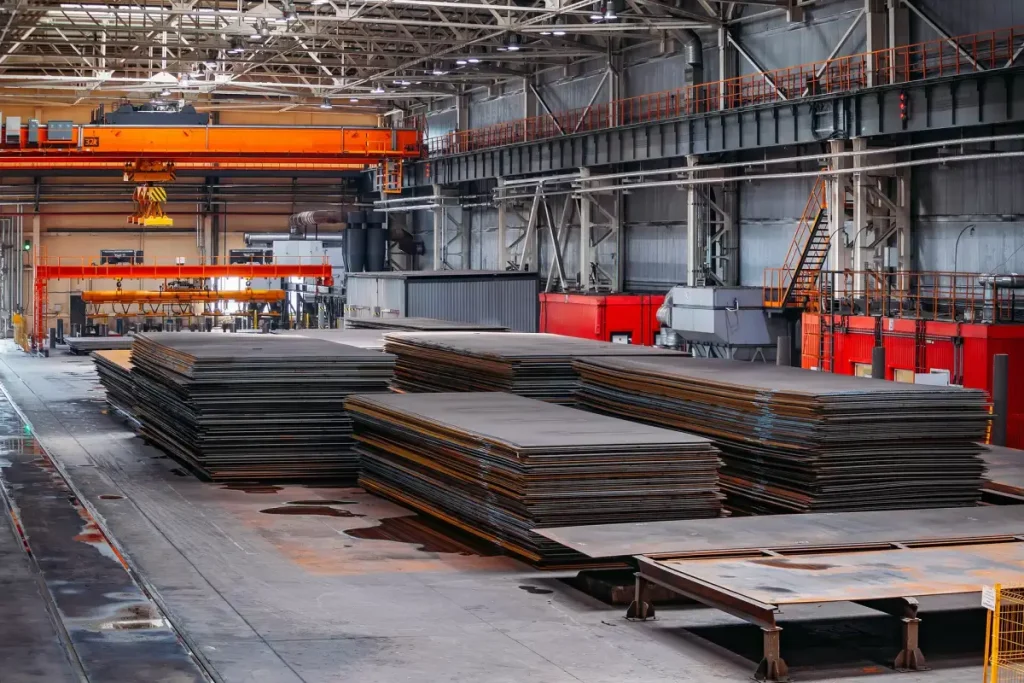
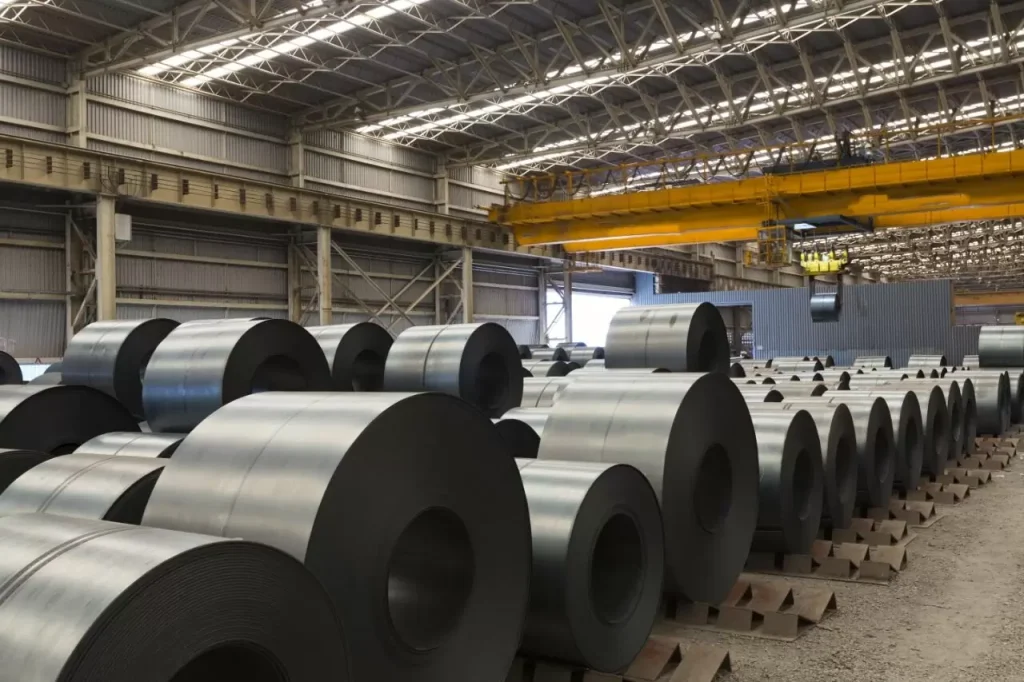
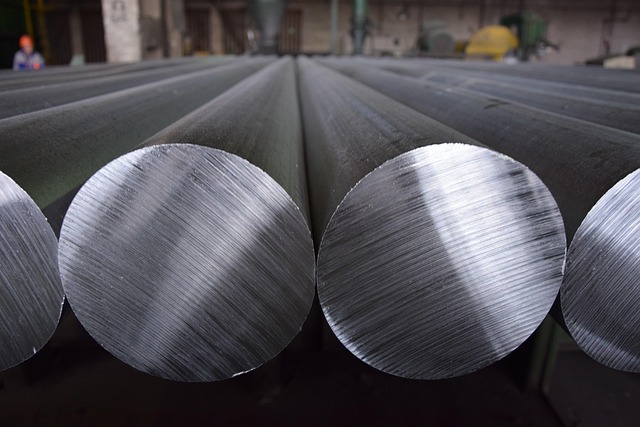
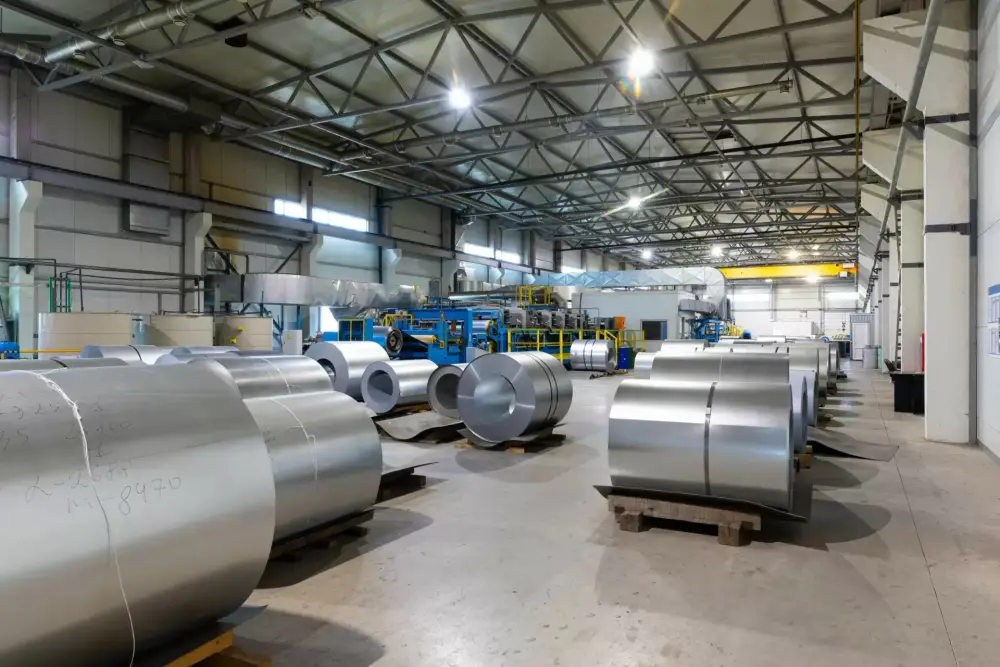
- Certified Material: Compliance with DIN, ASTM, and GB standards
- Advanced Production: Controlled rolling & annealing processes
- Global Supply: Stock availability in major industrial hubs
Applications & Industries
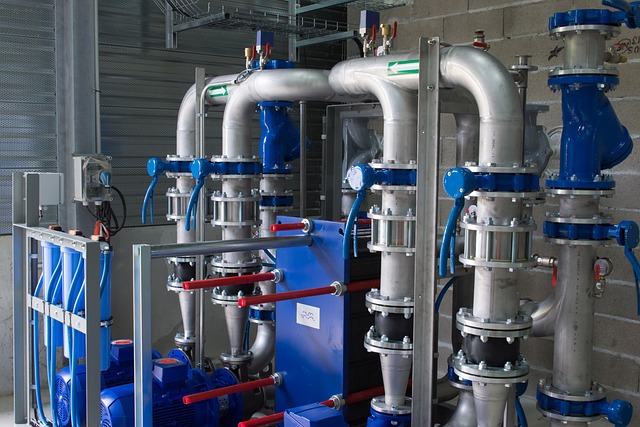
Aerospace:
High-power density actuators.
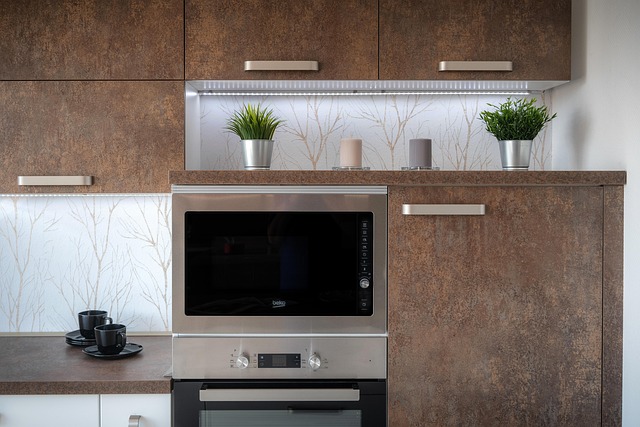
Electronics:
Precision sensors & MEMS components.
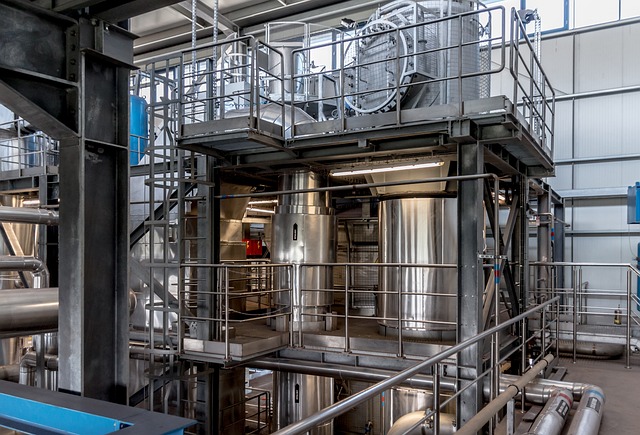
Energy:
Magnetic coupling devices for turbines.
Frequently Asked Questions
Q1: How does Ti improve 316Ti's performance?
A: Ti forms stable carbides, preventing chromium depletion and corrosion
Q2: Can 316Ti be used in high-temperature applications?
A: Yes, it maintains strength up to 800°C
Q3: How does 316Ti differ from 316L?
A: 316Ti contains titanium (Ti) to prevent sensitization, whereas 316L is a low-carbon variant with enhanced weldability but less high-temperature stability.
Q4: Can 316Ti be used in acidic environments?
A: Yes, its Mo-Ti combination provides exceptional resistance to sulfuric and hydrochloric acids.
Q5: Is 316Ti magnetic?
A: Non-magnetic in annealed condition; slight magnetism may occur after cold working.
Ready to source alloy steel from a trusted Chinese manufacturer?
Let us support your project with reliable quality, fast delivery, and expert service.
Get a quote today — we usually respond within 12 hours.

